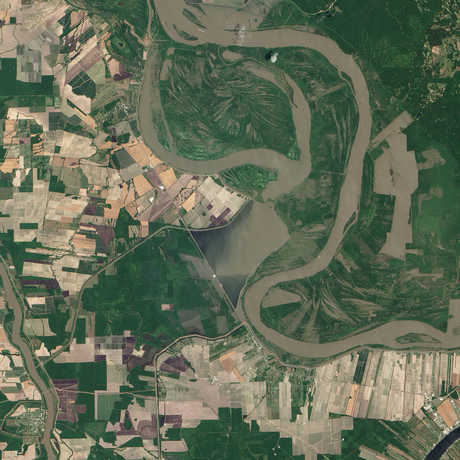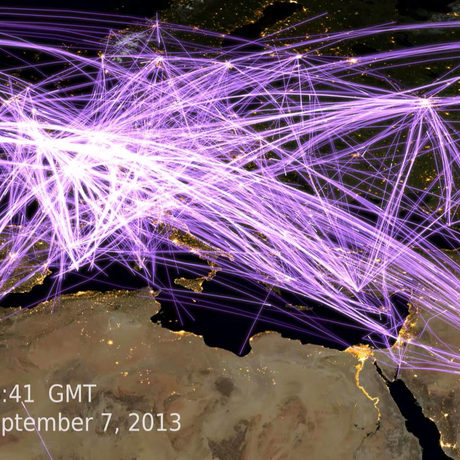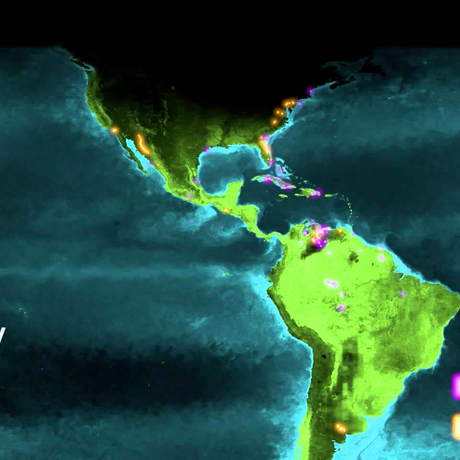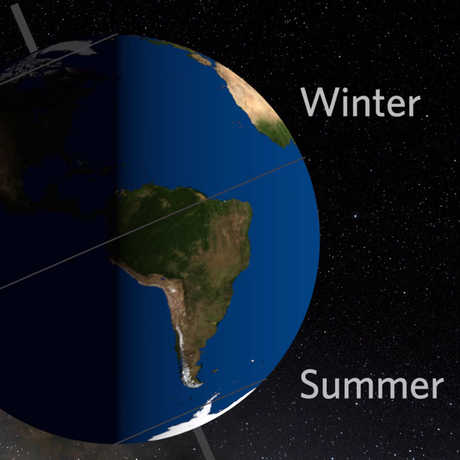Browse a rich array of educational resources from the award-winning show, Habitat Earth.
- How do the patterns of human population and migration across North America correlate to the patterns of agriculture expansion? How is this related to periods of migration from Europe?
- Why are there some parts of North America that are not farmed at all? Does geography play a role?
- Agriculture spread and retreated from different places in the United States over time. How are these patterns of expansion and retraction linked to European immigration and settlement, and/or the population wane of Native Americans?
- Most of the United States appears to be used for agriculture. Why? What does that mean for how we live? For our economy? For nature?





